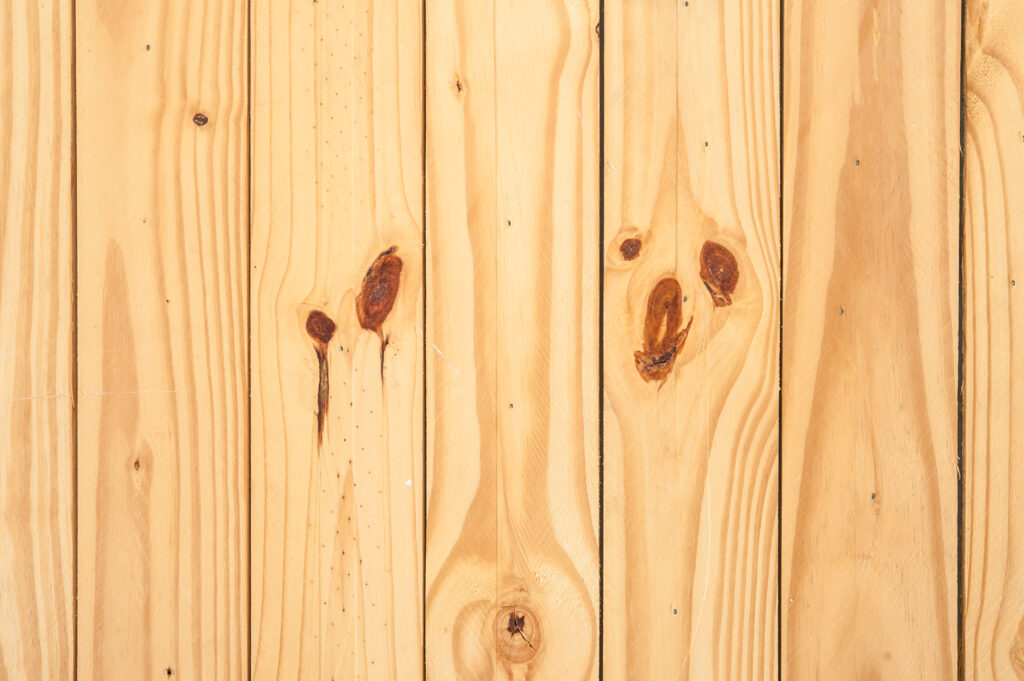
Hardwood floors are a timeless and popular choice for homeowners in the Bay Area, California. Over time, these floors may show signs of wear and tear, prompting the question of whether refinishing is a cost-effective solution. In this article, we will explore the factors that influence the cost-effectiveness of refinishing hardwood floors in the Bay Area and provide insights to help homeowners make informed decisions.
Factors Affecting Cost-Effectiveness
Floor Condition
The condition of your hardwood floors plays a crucial role in determining the cost-effectiveness of refinishing. If your floors have minimal damage and wear, refinishing can be a cost-effective option. It allows you to restore the appearance and extend the lifespan of your existing floors without the expense of a full replacement.
However, if your floors are severely damaged, have extensive water or termite damage, or have structural issues, refinishing alone may not be sufficient. In such cases, additional repairs or replacements may be necessary, which can significantly impact the overall cost.
Cost of Refinishing vs. Replacement
Comparing the cost of refinishing to the cost of replacing hardwood floors is crucial when assessing cost-effectiveness. Refinishing is generally more affordable than completely replacing the flooring.
Refinishing typically involves sanding the existing finish, making repairs as needed, and applying a new finish. The cost primarily includes labor, materials, and any necessary repairs. On the other hand, replacing hardwood floors involves removing the existing flooring, purchasing new materials, and installation costs, which can be significantly higher.
Flooring Materials and Quality
The type and quality of hardwood flooring you have will influence the cost-effectiveness of refinishing. High-quality hardwood floors, such as oak or walnut, are more durable and can withstand multiple refinishing cycles.
Engineered hardwood floors, which consist of a thin layer of hardwood on top of a plywood base, may have limited refinishing options due to the thinner veneer. Solid hardwood floors generally offer more refinishing potential and can be a more cost-effective choice in the long run.
Professional vs. DIY
Another factor to consider is whether to hire professionals or undertake the refinishing process yourself. While DIY refinishing may seem more cost-effective initially, it’s important to assess your skills, available time, and equipment needed.
Refinishing hardwood floors is a labor-intensive process that requires specialized tools and expertise. Mistakes made during DIY refinishing can lead to additional expenses to correct errors or, in worst-case scenarios, necessitate professional intervention. Hiring experienced professionals ensures a high-quality finish and reduces the risk of costly mistakes.
Cost-Effectiveness Evaluation
To evaluate the cost-effectiveness of refinishing hardwood floors in the Bay Area, California, consider the following:
1. Assess Floor Condition and Needs
- Determine the overall condition of your hardwood floors. Minor scratches, wear, or a dull finish can typically be addressed through refinishing, making it a cost-effective option. However, if there are extensive damages or structural issues, replacement may be necessary.
2. Obtain Quotes
- Obtain quotes from reputable flooring professionals in the Bay Area for both refinishing and replacement options. Compare the costs involved in each scenario, including labor, materials, repairs, and any additional services.
3. Consider Long-Term Value
- Evaluate the long-term value and return on investment (ROI) of refinishing. Refinishing can extend the lifespan of your existing floors, delaying the need for replacement. This can provide cost savings in the long run compared to the immediate expense of replacing the entire flooring.
4. Factor in Additional Costs
- Consider any additional costs associated with refinishing or replacement, such as furniture removal and storage, temporary accommodations during the refinishing process, or the disposal of old flooring materials.
5. Weigh DIY vs. Professional
- Assess your skills, available time, and equipment if considering a DIY approach. While DIY refinishing may initially seem more cost-effective, the risks of errors or subpar results can outweigh the potential savings. Hiring professionals ensures a high-quality finish and minimizes the chances of costly mistakes.
What are the cons of refinishing hardwood floors?
While refinishing hardwood floors has numerous benefits, there are some potential drawbacks to consider. Firstly, the process can be time-consuming, requiring you to vacate the area being refinished temporarily. It can also be messy, with dust and strong odors from the chemicals used. Refinishing can be costly, especially if extensive repairs or multiple layers of finish need to be removed. Additionally, refinishing removes a thin layer of wood, which reduces the floor’s overall thickness. Lastly, the process may require professional expertise and specialized equipment, making it challenging for DIY enthusiasts.
How long does hardwood refinish last?
The longevity of a hardwood floor refinish depends on various factors such as the quality of the refinishing job, the type of finish used, the level of foot traffic, and maintenance practices. On average, a professionally done hardwood floor refinishing can last anywhere from 7 to 10 years. However, with proper care and maintenance, including regular cleaning, avoiding excessive moisture, and using protective measures, the refinish can potentially last even longer. It’s important to monitor the condition of the floors and consider refinishing when signs of wear, scratches, or a dull appearance start to become noticeable.
Is it more cost-effective to refinish hardwood floors or replace them?
Determining whether it’s more cost-effective to refinish hardwood floors or replace them depends on various factors. In general, refinishing is typically more cost-effective than full replacement. Refinishing involves sanding and applying a new finish, which is less expensive than the cost of new flooring materials and installation. However, if the hardwood floors are severely damaged, have structural issues, or if you desire a completely different look, replacement may be the better option despite the higher upfront cost. It’s essential to assess the condition of the floors, consider the costs of each option, and evaluate long-term value before making a decision.
Is it worth it to refinish wood floors?
Refinishing wood floors is often worth it as it can restore beauty and extend the lifespan of the floors. It can significantly improve the overall aesthetics of a space and increase the value of a property. Refinishing is generally more cost-effective than replacing the entire flooring. It allows you to address minor damage, scratches, or a dull appearance without the expense and inconvenience of installing new floors. However, the decision should consider the condition of the floors, the cost of refinishing compared to replacement, and personal preferences. Ultimately, refinishing wood floors is a worthwhile investment that can rejuvenate the look and feel of a home or property.
When should you not refinish hardwood floors?
There are certain scenarios when it may not be advisable to refinish hardwood floors. If the floors have significant structural damage, such as warped or severely cupped boards, refinishing may not be effective in addressing these issues. Additionally, if the floors have been previously refinished multiple times and the wood layer is thin, it may be better to consider replacement instead. If the cost of refinishing exceeds the value it would add to the property or if the homeowner prefers a different type of flooring, such as carpet or tile, then refinishing may not be the best option.
Conclusion
Refinishing hardwood floors can be a cost-effective option for homeowners in the Bay Area, California, seeking to restore the beauty and functionality of their existing flooring. Factors such as the condition of the floors, cost comparisons between refinishing and replacement, the type of hardwood used, and the decision to hire professionals or pursue a DIY approach all influence the cost-effectiveness of refinishing. By carefully evaluating these factors and considering the long-term value, homeowners can make informed decisions regarding the most cost-effective solution for their hardwood floors in the Bay Area.

